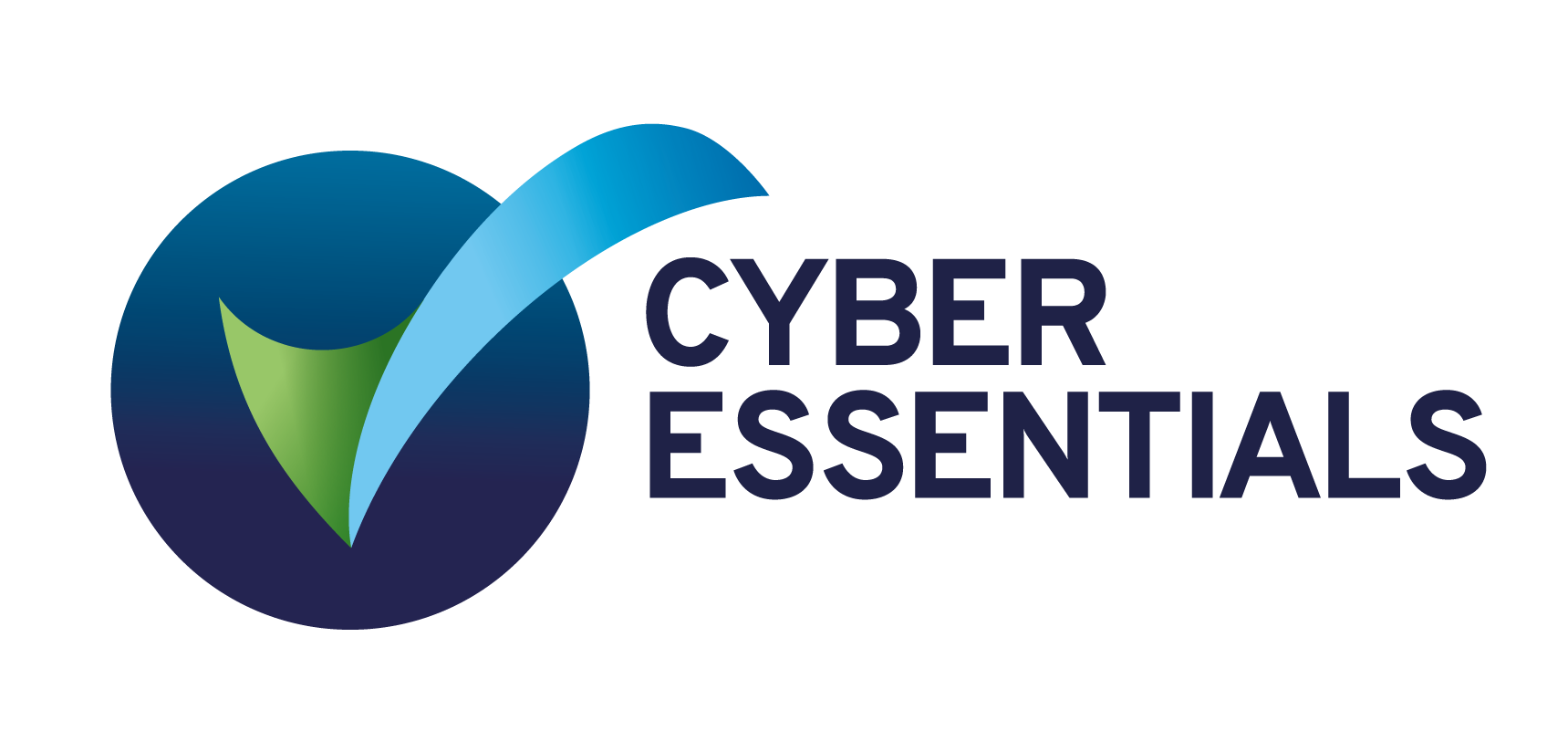ISO 50001 is an international standard for energy management systems (EnMS) developed by the International Organization for Standardization (ISO). It provides a framework for organizations to establish, implement, maintain, and improve their energy management practices to enhance energy performance, efficiency, and sustainability.
The primary goal of ISO 50001 is to help organizations systematically manage their energy use, reduce energy consumption, and lower energy costs while maintaining or improving their operational performance and competitiveness. By implementing ISO 50001, organizations can identify, prioritize, and implement energy-saving opportunities, measure and monitor energy performance, and continually improve their energy management practices.
Key elements of ISO 50001 include:
- Energy Policy:
- Establishing an energy policy that reflects the organization’s commitment to energy management, energy efficiency, and continual improvement.
- Energy Planning:
- Conducting an energy review to identify significant energy uses, establish energy performance indicators (EnPIs), and set energy objectives, targets, and action plans.
- Implementation and Operation:
- Implementing energy management practices and procedures to achieve energy objectives and targets, including energy-efficient technologies, employee training, and operational controls.
- Monitoring and Measurement:
- Monitoring and measuring energy performance, including energy consumption, EnPIs, and key energy indicators (KEIs), to track progress toward energy objectives and targets.
- Management Review:
- Reviewing the organization’s energy management system regularly to evaluate its effectiveness, identify opportunities for improvement, and allocate resources for energy-saving initiatives.
ISO 50001 certification involves a third-party audit to assess whether an organization’s energy management system conforms to the requirements of the standard. Certification demonstrates to stakeholders, including customers, regulators, and the public, that the organization is committed to managing its energy use responsibly, reducing its environmental impact, and improving its energy performance.
Why ISO 50001 Matters for Your Business:
ISO 50001 holds critical importance for your business, offering a framework for effective energy management. Here’s why it’s indispensable:
Energy Efficiency and Cost Savings:
Improves energy performance, identifies energy efficiency opportunities, and reduces energy consumption, leading to significant cost savings and increased profitability.
Compliance with Regulations:
Ensures compliance with energy management and environmental sustainability regulations, helping avoid penalties, legal issues, and reputational damage.
Enhanced Environmental Sustainability:
Promotes the reduction of greenhouse gas emissions and environmental impacts, contributing to environmental sustainability and corporate social responsibility.
Improved Operational Performance:
Encourages analysis of energy use, identification of areas for improvement, and implementation of energy-saving measures, leading to enhanced operational performance and increased productivity.
Competitive Advantage:
Certification demonstrates commitment to energy management and sustainability, enhancing reputation, building customer trust, and serving as a unique selling point.
Risk Management and Resilience:
Identifies and addresses energy-related risks, enhancing business resilience and ensuring continuity of operations in challenging energy-related scenarios.
Employee Engagement and Awareness:
Promotes employee involvement and awareness in energy management initiatives, creating a positive work environment and contributing to overall organizational success.
Implementing ISO 50001 enables your business to realize the benefits of improved energy efficiency, cost savings, regulatory compliance, environmental sustainability, operational performance, competitive advantage, risk management, and employee engagement. This systematic approach optimizes energy performance, contributing to a more sustainable future and positioning your business as a leader in energy management.





